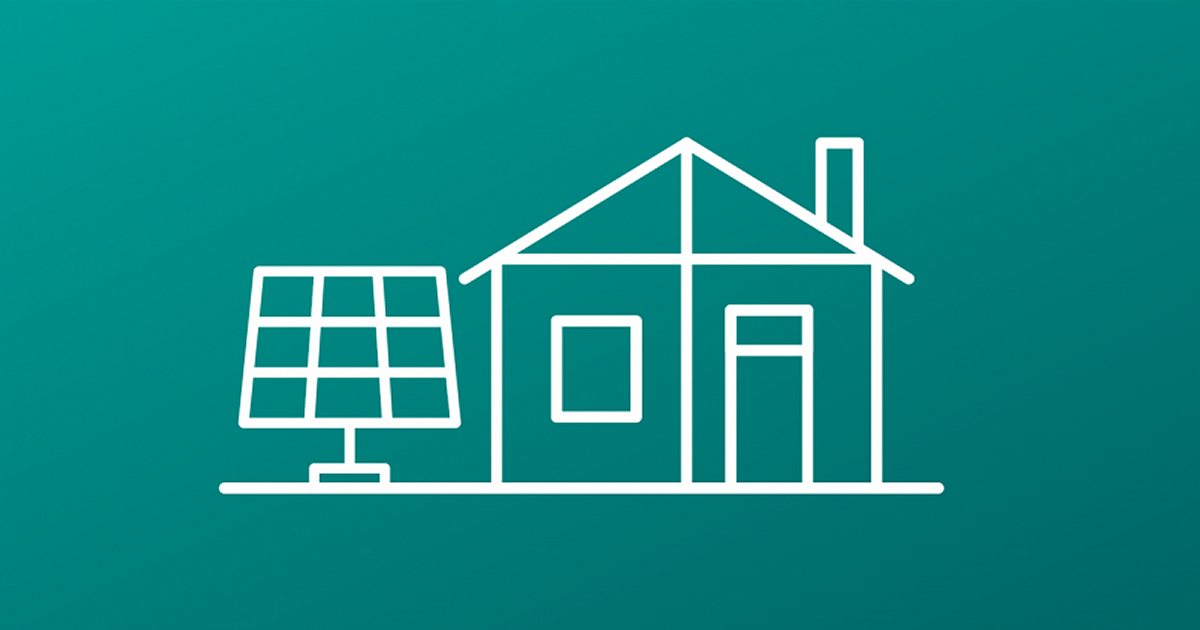From Monday, 14 February 2022 new and upgraded solar installations connected to WA’s main grid will be required to have remote shutdown capabilities. Don’t panic – here’s what you need to know.
More than 400,000 homes and businesses in Western Australia are connected to the South West Interconnected System (SWIS), which extends from Kalbarri in the north to Kalgoorlie in the east and Albany in the south – serving most of Western Australia’s population.
Just last year, 191 megawatts of home solar was added, bringing total capacity to 1,362MW and far exceeding the gross output capacity of Synergy’s 854MW Muja Power Station, WA’s largest power plant.
All this solar energy goodness is a great thing – for the most part. Problems can arise during reasonably brief periods on mild sunny days when rooftop solar power generation is high, but electricity demand is low. This can threaten the stability of some local networks in areas that have a high volume of solar exports, and the problems can spread.
In October last year, Energy Policy WA started discussion on the introduction of remote rooftop solar management capability, based on a recommendation from the Australian Energy Market Operator (AEMO).
WA has decided to follow South Australia’s lead by introducing a requirement that from February 141 all new and upgraded solar installations (including battery retrofits) with an inverter (not solar panel) capacity of 5kW or less2 will need to be capable of being remotely turned down or switched off in an emergency situation.
“Over the past ten years rooftop solar has increased by over 600 per cent, with 50 per cent of WA households expected to have solar panels by 2030,” said WA Energy Minister Ben Wyatt. “These rapid changes to the energy landscape have presented a range of challenges and opportunities, which we are addressing to ensure electricity remains affordable and reliable.”
Remote Shutdowns A Last Resort
The McGowan Government stresses this only impacts new and upgraded rooftop solar systems and will only be used as a last resort in an emergency situation. For example, ramping down output from large-scale generators will be among the options to be exhausted first.
A fact sheet published in November last year notes:
“South Australia introduced similar capabilities in 2020 and since then households have been affected for about one hour.”
.. and that isn’t all solar households, just those in impacted areas.
But unlike WA, South Australia has the benefit of interconnection with the eastern states to take its excess solar energy output, so remote disconnection may be used more in Western Australia – but it should be minimal.
When a system is remotely switched off, the household still has uninterrupted access to mains electricity supply, and depending on the inverter may also still be able to self-consume solar electricity. Once the situation requiring the ramp-down or shutdown has passed, systems will return to normal operations.
Because these situations only occur under certain conditions, greater levels of rooftop solar installation will be possible by managing the risks; allowing more Western Australian households and businesses to benefit from the electricity bill busting technology.
Remote ramp-down/shutdown capabilities are a very good thing, and where SA and WA have gone with this expect other states to follow – and likely sooner rather than later.
As well as the fact sheet linked to above, further background and other information on WA’s Emergency Solar Management approach can be found here.


 RSS - Posts
RSS - Posts



Hi,
It will be interesting to see if with introducing the mandatory whether cyber security provisions will be increased amongst solar equipment suppliers.
IOT devices are well known for not being well secured or well maintained as they age.
How will the industry cope with this ongoing need for software and firmware updates to ensure the devices and our connected household networks remain secure?
Perhaps at some point Solar Quotes would like to investigate this increased need for Cyber Security and report on who is doing this well?
I would hope this becomes an annual report so that we have a central point to research.
Here’s where AS4777.2:2020 has a gaping hole. Solar inverters should provide Primary Frequency Response (lower). If the grid frequency rises due to excess solar generation, solar should automatically back off. High solar generation doesn’t have to be a problem.
And, two days after the implementation of the WA ALP state government’s move against household rooftop photovoltaic systems, to force householders to use electricity generated from burning fossil fuels, the largest retailer of household rooftop photovoltaic system, in WA, and, the fourth largest in Australia, announces that it is now closing down. The ALP has succeeded. The fossil fuel companies are getting the benefit of the money that they have paid to the ALP.
”
“We are working with industry to build a healthy services sector and to promote Perth as a global oil and gas hub, similar to Houston and Aberdeen, which is the mandate of the McGowan Government’s LNG Jobs Taskforce,” he continued.
”
-WA Minister for Mines and Petroleum, and Energy Bill Johnston
If we are producing too much solar between 9am and 3pm, then maybe a residential battery incentive of $3000 would be the way forward so that households stored their extra rather than pumping it out into the grid?
But NO, that would mean we would buy less from the government owned electricity company in the peak 3pm – 9pm slot and they would lose revenue… so once again its households who are potentially impacted because the state government can’t manage this transition properly.